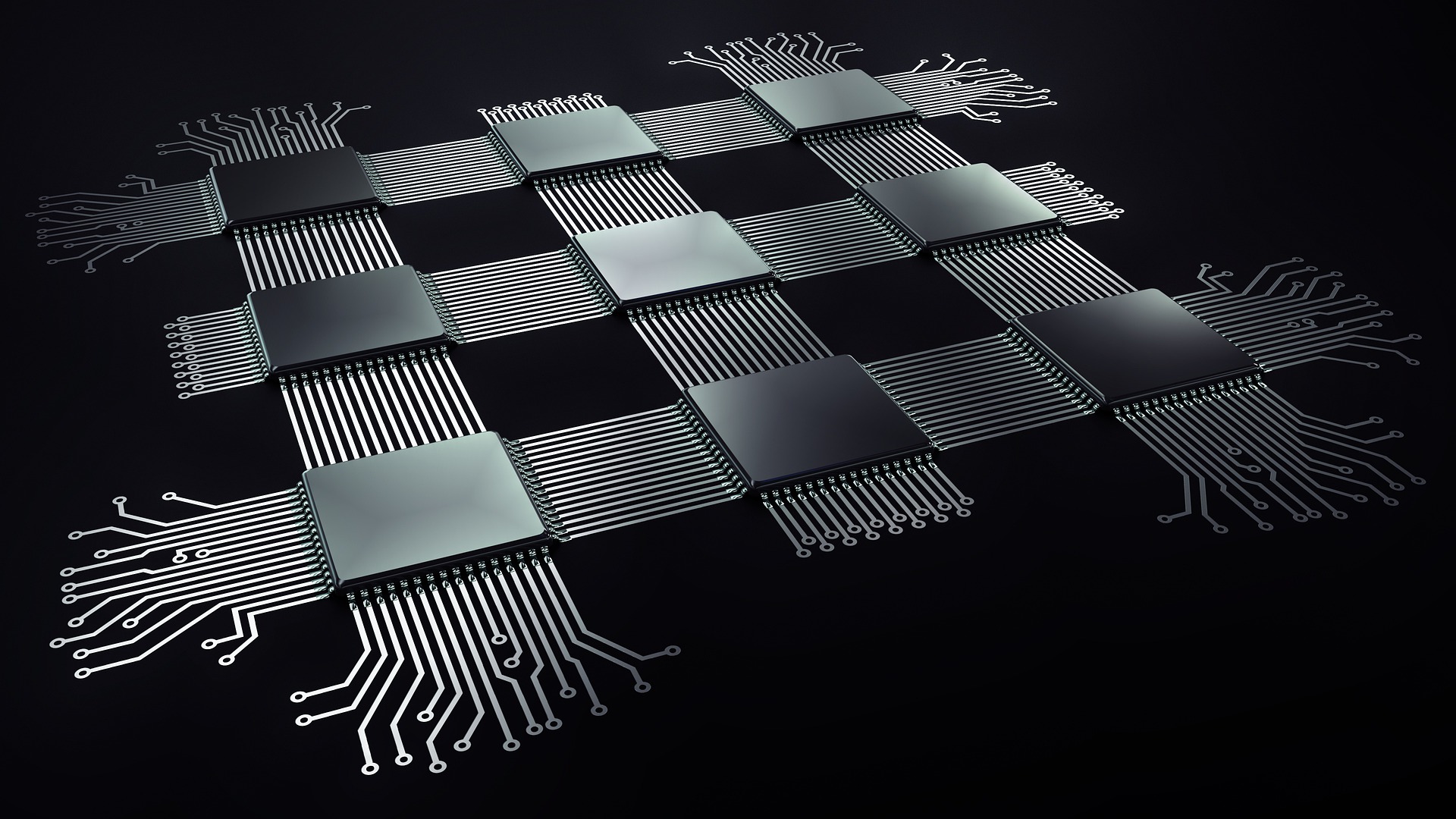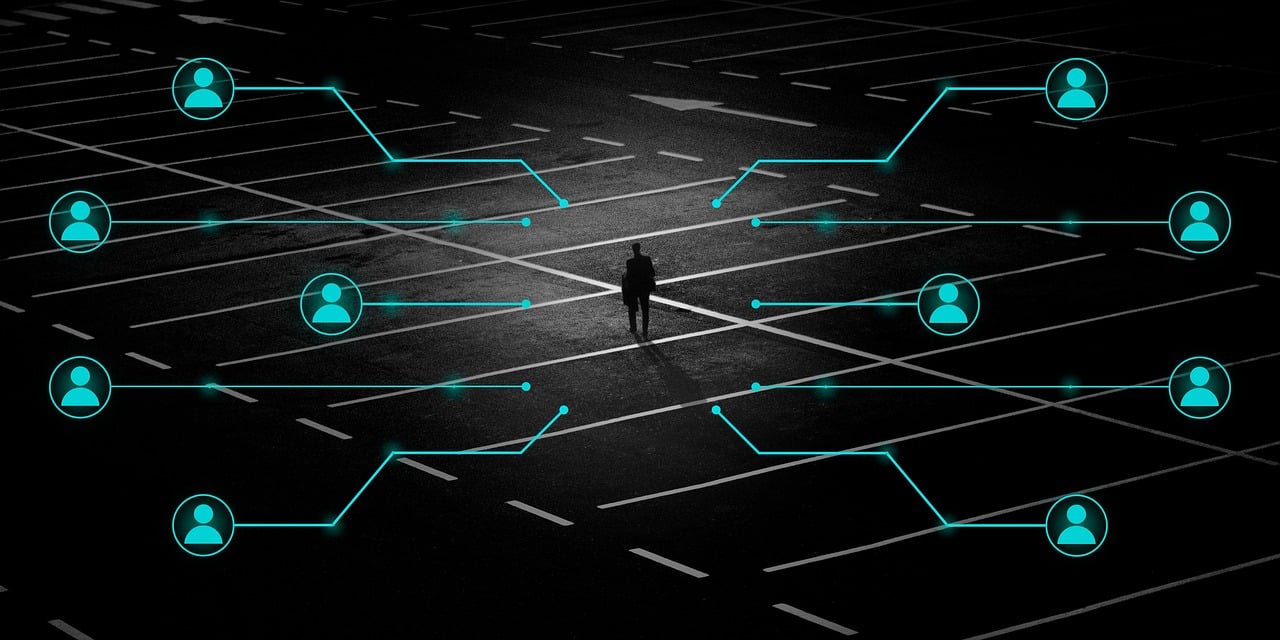
Examples of IoT
Application of the IoT in industries
General notes
For the aforementioned sectors, the use of an IoT system has proved to be an efficient strategy, especially with regard to facilitating work optimization. Notable examples are all the IoT systems used within the warehouses for the supervision of assets, which are monitored from arrival in the warehouse to delivery to the customer.
Let’s take as a “textbook example” that represented by Amazon, which has automated the logistics of its warehouses over the years, thanks to IoT technology. Starting with the first remote-controlled automatic handling systems, Amazon then chose to speed up operations and reduce the cases of errors (thus reducing costs as well) through the adoption of robotic technologies related to information technology. The result is to have created a data analysis and processing system capable of highlighting any flaws in the storage, transport and delivery process of the goods.
To take advantage of all the data collected by the various sensors and intelligent devices, IoT platforms come into play: software designed to show the information obtained from the processing of the data in question.
An example of an IoT platform
How Bebop works
One type of IoT platform is Bebop (Best Business Optimizing Platform), the management software, mobile and web, with multiple verticalizations available, developed by PcCube.
Through the connection of IoT sensors such as GSM, RFID antennas, etc. (present on assets and vehicles) to the internet, Bebop Asset & Fleet Management is able to offer a wide range of services to companies:
- real time geolocation of assets and vehicles
- control of equipment and work planning
- reporting on vehicles, equipment and employees
- archiving of company documentation
- optimization of itineraries through points of interest and geozones
- notification system, customizable, on ordinary and extraordinary events (eg: maintenance or alarms)
The Bebop IoT platform is customizable, so it is possible to connect devices and sensors according to the specific needs of customers.
Some other examples of IoT
The parameters measurable by smart objects
To conclude, an overview of examples of what can be measured through the data collected by the sensors, and consequently, by the objects of the Internet of Things.
First of all: temperature, movement, brightness, humidity and air pressure.We then go deeper and deeper, defining proximity, indications on orientation, electromagnetic waves, radio frequencies, electricity and voltage, sounds and images… with the related objects and sensors through which these data are recorded.A complex, interconnected world that will surely reveal many surprises and continuous advances in terms of technological avant-garde.








